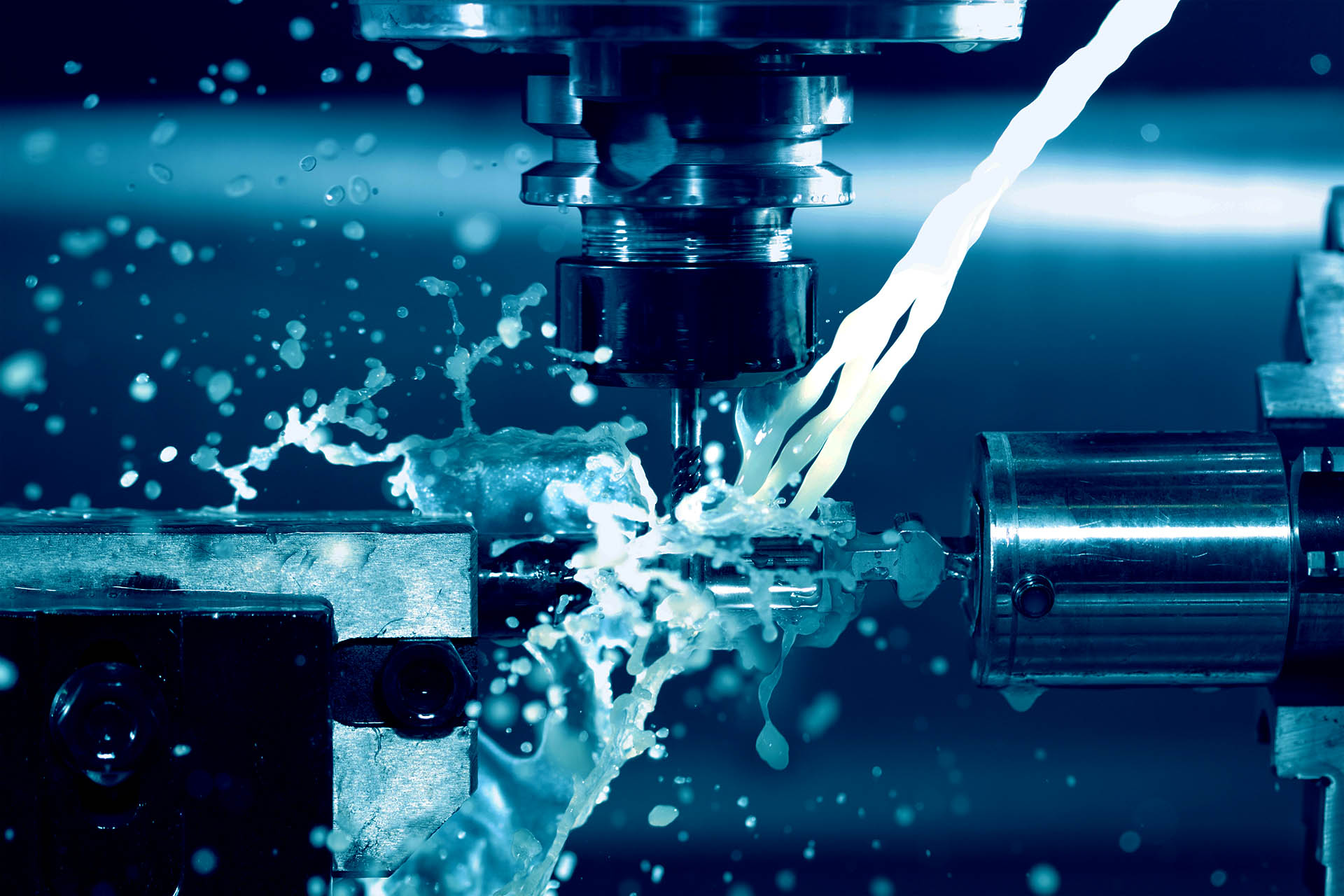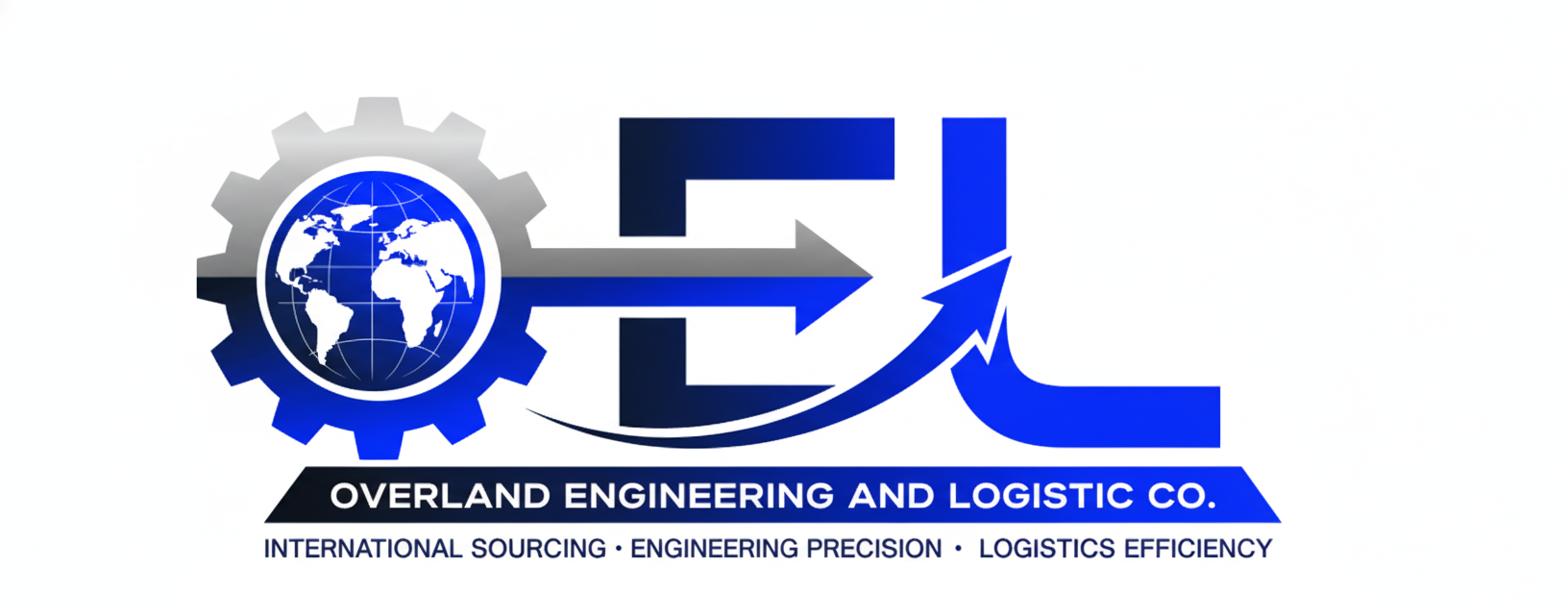Overland Engineering and Logistics Co
Get Consultation
+1(314)377-4890
- Need Free Consultation ?

Get Consultation
+1(314)377-4890

Case study
The thread before and after plating.
Use the NO GO side of the standard thread gauge as the inspection criterion for threads before plating. After plating, the threads must pass the standard thread gauge inspections
How to Manage Thread Size Before Plating?
As previously mentioned, achieving accurate outer diameter (OD) control is straightforward with stable CNC processing. Typically, after CNC processing, the threads of a non-plated component must pass thread gauge inspections to meet quality control standards. However, for components that will undergo plating, the manufacturing and inspection procedures differ.
For our Swiss dental equipment supplier client, Overland must be especially meticulous with inspections. Here’s how we handle it:
Pre-Plating Adjustment: Based on the required plating thickness, Overland leaves additional material during CNC processing to account for the plating. We use pre-plated thread gauges for initial inspections. For example, if the plating thickness is 1-3µm, the major, pitch, and minor diameters of internal thread M13.2×0.3-6H should be +0.02/-0mm larger than the standard dimensions.
Pre-Plating Inspection: Before plating, the threads are inspected using an enlarged customized M13.2×0.3-6H +0.02/-0mm plug gauge.
Post-Plating Inspection: After plating, the internal threads must pass inspection with a standard M13.2×0.3-6H plug gauge.
External Threads: For external threads on plated components, a pre-plated ring gauge inspection is conducted after CNC processing, followed by inspection with a standard ring gauge.
Components must pass these inspections before they are approved for shipment.
What can we do if pre-plated gauges are not available?
Customized pre-plated plug and ring gauges can be quite costly and are typically required only for components with extremely high precision needs, not for all parts. With extensive CNC manufacturing experience, Overland recommends using the NO GO side of a standard thread gauge as the inspection criterion for threads before plating. Specifically, the threads should fit tightly into the NO GO gauge without loosening. After plating, the threads must pass both GO and NO GO inspections with a standard thread gauge.
This method is suitable for components with a plating thickness of less than 5µm. For components with a plating thickness over 5µm, where the primary purpose is anti-corrosion and precision requirements are generally lower, ready-made standard screws and nuts can be used as inspection tools. Alternatively, threads should fit into the NO GO gauge but be slightly loose before plating, and then pass both GO and NO GO inspections after plating.
Plating and thread manufacturing are standard techniques in CNC machining. The considerations before and after these processes vary. APPORO has dedicated significant time and effort to CNC machining services, systematically applying processing experience to enhance manufacturing efficiency and yield rates. If you have any technical questions about controlling size before or after plating, please feel free to contact us.

Overland Engineering and Logistics Co., Ltd. was established in 2011. With over 13 years of overseas experience, we provide end-to-end solutions from inception to completion.
Hotline : +1 (314)377-4890
Phone
+1 (314)377-4890
oel@overlandind.com
Location
12759 Carrollton Industrial Ct, Bridgeton, MO 63044
Quick Links
Customer Service
Subscribe Newsletter
Copyright © Overland 2024. All rights reserved.

